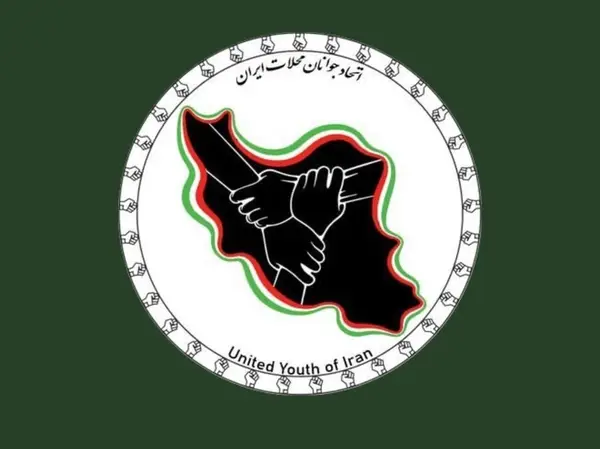An alliance of 30 youth groups organizing protests and strikes in various Iranian cities since mid- October through social media, has published its manifesto.
The so-called neighborhood youth groups have assumed a leading role in organizing protests when first they separately announced their existence on social media. These underground groups, whose members remain anonymous, use Twitter and Telegram as their main platforms. Several of the groups recently announced they had formed an alliance calling it United Youth of Iran (UYI).
The group said its manifesto circulated on social media on Sunday is meant to “pave the grounds for dialogue and cooperation” among various trade organizations, unions, political groups and activists inside Iran and abroad.
Iranian protesters have made it clear in the past three months that they are not seeking reforms within the system of the Islamic Republic. Their slogans against Supreme Leader Ali Khamenei show, they are seeking a revolution - a complete regime change. “This is not protest anymore, this is a revolution,” demonstrators often chant.
The youth groups alliance says getting rid of the Islamic Republic, separation of religion and state, and the “formation of an inclusive, democratic government” form the cornerstone of the 43-article manifesto, The document highlights the strictly secular nature of any future government.
The first article of the manifesto is inspired by a famous Persian poem from the 13th century poet Saadi, which is also inscribed on a large hand-made carpet at the United Nations headquarters in New York, that says:
"Human Beings are members of a whole
In creation of one essence and soul
If one member is inflicted with pain
Other members uneasy will remain
If you have no sympathy for human pain
The name of human you cannot pertain"
The articles of the manifesto emphasize the right of the Iranian people to self-determination, citizens' equality before the law, full equality of men and women, freedom of belief and religion, freedom of speech, freedom of forming trade and other unions, as well as personal freedoms.
“Political parties must have freedom of action within the framework of law, respect for the country’s territorial integrity, fundamental human rights, transparency, and they must abide by democracy,” article 22 of the manifesto says.
The country’s foreign policy should be based on securing national interests and maintaining global peace, and non-interference, the manifesto says, and underlines that the future government of Iran should be committed to international charters and conventions, including the Universal Declaration of Human Rights, International Covenant on Civil and Political Rights, International Covenant on Economic, Social and Cultural Rights, Convention on the Elimination of all Forms of Discrimination Against Women, and Convention on the Rights of the Child.
Several of the articles of the manifesto outline the future government’s duties to work for the welfare of its citizens, especially those not capable of providing for themselves without state assistance, provide free education and healthcare to all, protect the environment, and ensure that the rich pay their taxes in proportion to their income.
The manifesto can become an outline or a guide for a new, post-Islamic Republic constitution, reflecting the aspirations of a majority of young and older Iranians.
